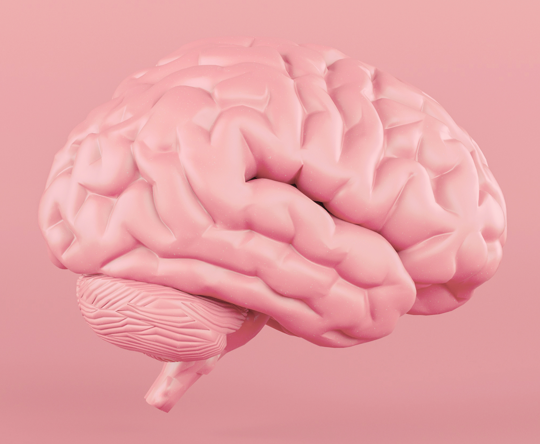There are 7 million cones for distinguishing between colours and 150 million rods for distinguishing between day and night in our eyes
The world around us would not be so wonderful if it was not in colour
How many colours can we actually see and what does this figure depend on? The retina of the eye has photoreceptors. In the eye there are about 7 million cones, photoreceptors that are responsible for distinguishing between colours, and about 150 million rods that are sensitive to light, so thanks to them we can distinguish between day and night. Photoreceptors register electromagnetic impulses that travel through the optic nerve to the brain, where the conscious perception of colour and image is created.
Scientists have found that humans have three types of cone cells that respond differently to light of different wavelengths. A healthy human eye has all three types of cones — for short, medium and long wavelengths of light — and each type can register about 100 different colour shades individually. That’s why the majority of scientists agree that the average human eye can see about a million different colours. However, because colour perception is very subjective, this figure is ultimately different for everybody.
QUIZ
SUFFERING FROM DRY EYE SYNDROME? ANSWER THESE QUESTIONS AND FIND OUT HOW TO PREVENT IT AND WHAT TO DO WHEN YOU ARE ALREADY FEELING THE SYMPTOMS
QUIZ





